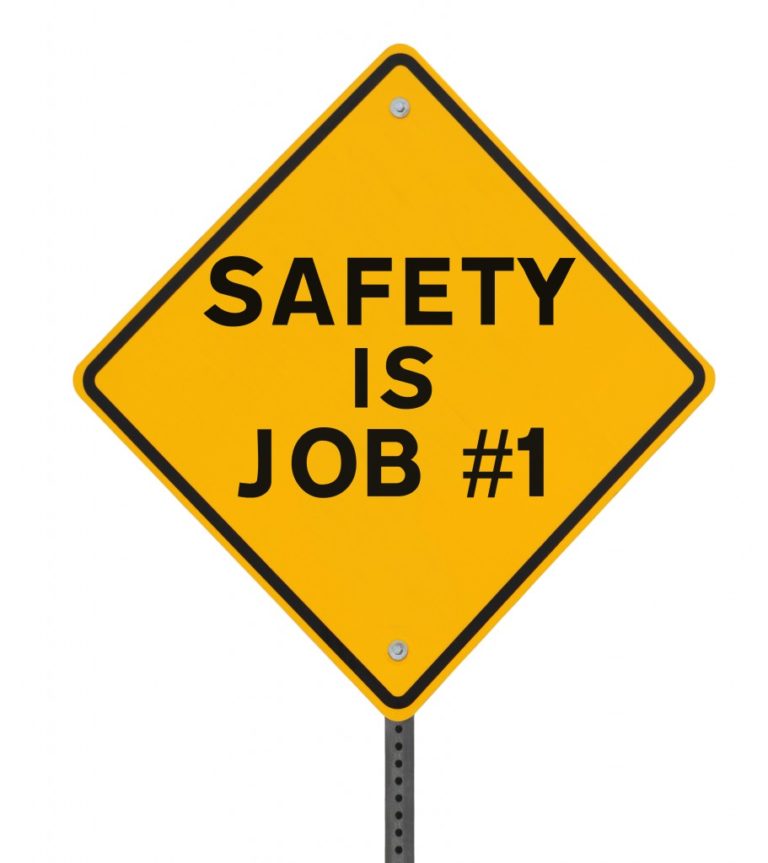Workplace accidents can happen to any company. The value of protecting your workers seems self-evident. You don’t want lost work hours or employee morale, and no worker wants to show up for a job where they could get injured due to a lack of protection.
But prioritising safety can do far more for any organisation. Having a solid and nuanced grasp of how safety helps you can be a major driver of your future success.
Safety as a keystone habit
In The Power of Habit, author Charles Duhigg tells the story of how former CEO Paul O’Neill helped to drive success at Alcoa by transforming the company’s attitude towards safety.
At the time he took over, Alcoa was a large company that was successful in the steel industry but struggling in terms of quality and efficiency. They would routinely lose several workdays each year due to workplace accidents and injuries.
O’Neill realised that the company’s struggles were deeply tied to an attitude of complacency towards workplace safety. By focusing on that single aspect, he turned safety into a keystone habit.
Improving safety created a chain reaction of positive effects within Alcoa. It started by educating the various stakeholders about manufacturing processes so that work could be done correctly and safely.
Better safety improved quality control and overall efficiency. But it also made employees more engaged. It made them feel like participants and gave them the courage to voice their input for further improvements. Ultimately, it even led to Alcoa’s being one of the first companies in the 1980s to have a corporate email system.
This story underlines the vital role safety plays in driving company success from the grassroots level. Obtaining the buy-in of your workforce makes them willing to give their discretionary efforts towards the shared cause. Better performance translates to better results for the organisation.

Safety and complexity
However, there’s a deeper level on which safety interacts with an organisation’s performance. This is related to the overall complexity.
When a pilot gets into an airplane, they are at the helm of an interface with great complexity. The average person couldn’t understand it, but the pilot’s training enables them to operate those controls without any problems.
While idle or moving along the runway, the airplane is a complicated system. It’s in motion, but it can be stopped, even in the event of a malfunction, with little to no adverse consequences.
But once the plane takes off, the system becomes complex. As the plane moves away from land, the pilot has fewer options at their disposal if they need to solve a problem that should arise. The pilot and plane are now ‘tightly coupled.’
Such scenarios are the focus of the book Meltdown, by authors Chris Clearfield and Andras Tilcsik. They look into why complex systems fail, often with disastrous results, and what we can learn from those failures.
What emerges as a pattern concerning safety is that, as systems grow more complex, we add layers of safety that further increase that complexity. It’s a common mistake that threatens to undermine the entire effort despite its obvious good intentions.
Individuals as difference-makers
As Alcoa’s case study illustrates, prioritising safety isn’t just a best practice for taking care of workers. It can genuinely drive company performance through a series of domino effects.
Yet, in the same way, higher-order risks are present as organisations and their safety systems grow more complex. Cutting through those dangers once again is a matter of increasing individual awareness and training.
Individuals need to be able to understand the different complications in workplace safety. In a simple matter such as choosing the right storm water drain grates, for instance, there might not be an obvious link between the mechanism and its consequences.
But if you don’t select correctly for the flow of runoff, you end up polluting the local environment. This doesn’t happen immediately, but when there’s heavy rain, your system contributes to flooding. The cumulative effects include erosion, threats to public health and safety, damage to ecosystems, and ultimately costs to your business.
People can also be trained to increase their awareness of ‘near misses’ or events where potential accidents were averted. Calling anomalies to attention is a form of preemptive maintenance and improves systems before anything worse can happen.
Collectively, workplace cultures toward safety can also be focused on envisioning failures premortem. By drawing on people’s imagination from various levels of the organisation, they can visualise how current factors might lead to failure and take steps to avert that.




